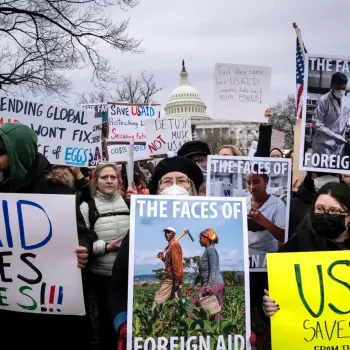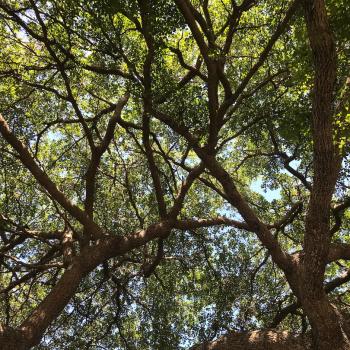Sometimes, African American converts are seen as wanting only church welfare -- notably evocative of what some Germans termed "canned food Mormons" just after WWII, a derisive label that President Uchtdorf addressed in April 2010 General Conference when he called for greater compassion and less judgment of those coming into the Church. In his talk, which had bold references to cultural intolerance, President Uchtdorf said:
They [who refused to welcome "Canned food Mormons"] resented these new members because they believed that once their temporal needs had been met, they would fall away. While some did leave, many stayed -- they came to church, tasted the sweetness of the gospel, and felt the tender embrace of caring brothers and sisters. They discovered "home." And now, three and four generations later, many families trace their Church membership back to these converts. I hope that we welcome and love all of God's children, including those who might dress, look, speak, or just do things differently. It is not good to make others feel as though they are deficient. (Liahona May 2010).
We have also heard complaints about African American women dropping their children off at church or at scouting activities and not staying themselves, thus (according to the complainers) using the church as a babysitting service. The fact that this has, on occasion, been seen as a burden rather than an opportunity is important -- and Elder Uchtdorf's discourse might bear a fresh read in wards where anyone has shown resentment of "child care Mormons."
When Mormons talk about Blacks, they tend (in our experience) to go back to June 8th, 1978, when they heard that the priesthood restriction had been overturned. They will almost always describe what a joyful day it was, or how they pulled off the road to weep with happiness at the news. Certainly, it was joyful for Black Latter-day Saints as well, but many who had joined the church during the restrictive years were not able to hold onto their children in the faith. They tried, but the clear message to Blacks that they were in a separate and even cursed position -- "a caste apart," as Bruce R. McConkie said in Mormon Doctrine -- was simply too much for many young people to accept. The Black pioneers had children and grandchildren who stayed strong in the faith until the third generation. Now, in 2010, we are aware of only one descendant of a Black pioneer who is still actively LDS. Though June 8, 1978 was joyful because of the doors it opened, the price of what came before was severe for Black converts. Their pain is part of the whole story, which is yet to be fully told and resolved.
Nonetheless, there are clear signs that we are making strides toward a glorious future. The clearest to date was the talk given by Gordon B. Hinckley in April 2006 during the Priesthood session of General Conference. In it, he rhetorically asked, "How can any man holding the Melchizedek priesthood arrogantly assume that he is eligible for that priesthood, whereas another, who lives a righteous life but whose skin is of a different color, is ineligible?" That question has reverberations that should go far forward into the future, urging us to tell all of the stories of all of the Latter-day Saints, and to do better now than we did in the past.
We not only hope for a great future, we have complete faith that it will unfold. We believe that those African Americans who are serving in their regions will, before too long, serve the entire church, that the African American stories of faith will be equally valued with the Danish or German stories, that the leadership will reflect the global nature of the church, and that we will be able to talk not only about the lifting of the priesthood restriction, but about the faith and pain of those who for years lived on the Black side of that restriction.
Africans
The church is thriving in Africa, though retention there is also difficult (as it is everywhere). The challenges in Africa are not centered so much around charges of racism in the Mormon past as in the perception of the church as a cult and in the endemic problems of tribalism on the African continent. We have first-generation converts serving as missionaries in many areas, often bringing a limited understanding of the gospel with them. Their white companions teach them and frequently assume leadership roles, but that dynamic presents its own problems and reinforces the idea that the church, though multicultural, is yet headed by whites. Of course, in areas where the church has established its roots, we are seeing African missionaries who are seasoned in the faith, and who serve every bit as well as their Anglo counterparts. We also see white missionaries developing deep love for those they serve and those they serve with. All of this bodes well for the future, and will prove to be key in the changes that must come as the leadership fully reflects the membership.




